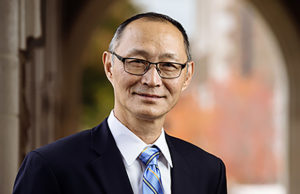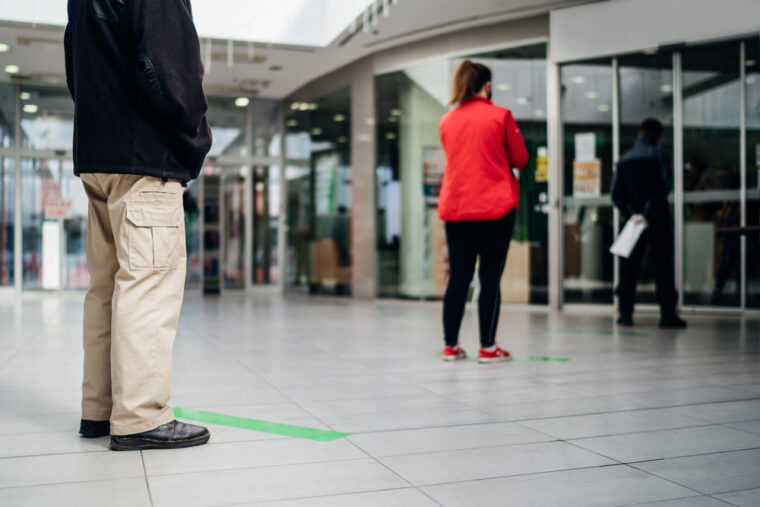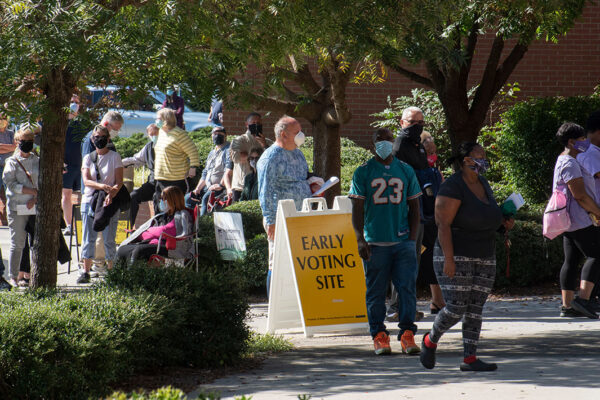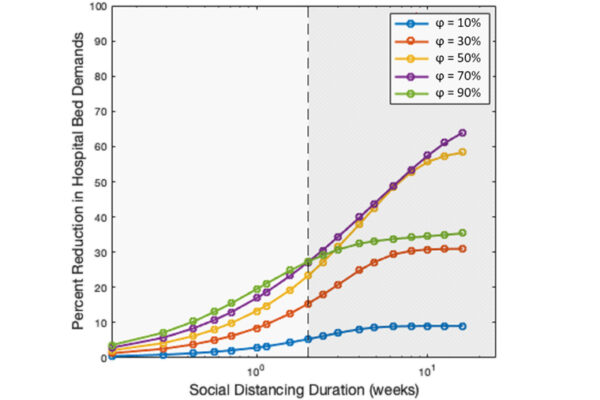A recent study from the Brown School at Washington University in St. Louis provides the first explicit analysis of the timing, determinants and impacts of mitigation interventions for all states and Washington, D.C., during the first five weeks of the pandemic.
States initially with high prevalence rates of COVID-19 enacted mitigation interventions, like social distancing, in a delayed fashion, which explained why the U.S case/death counts of the virus remained high for a long period.

“Because there is no preventive vaccine and because there are few potentially effective treatments, recent reductions in new cases and deaths must be due, in large part, to the social interventions delivered by states. Our study suggests that the policy of reopening the economy needs to be implemented carefully,” said Shenyang Guo, the Frank J. Bruno Distinguished Professor of Social Work Research.
Guo is lead author of the study “Social Distancing Interventions in the United States: An Exploratory Investigation of Determinants and Impacts,” which is available online and will be published in an upcoming issue of the journal Research on Social Work Practice.
Through an impact analysis, the researchers explored the effects of the interventions and the potential risks of removing them under the context of reopening the economy.
“Unlike other studies that evaluated the stay-at-home order by using simulated data, our study employed the real data of various case counts of COVID-19,” Guo said.
The study revealed two main findings:
- States with a higher prevalence of COVID-19 cases per 10,000 population reacted more slowly to the outbreak, suggesting that some states may have missed the optimal timing to prevent the wide spread of the disease; and
- Of nine mitigation measures, three (non-essential business closure, large-gathering bans and restaurant/bar limitations) showed positive impacts on reducing cumulative cases, new cases and death rates across states.
The study also found evidence that vulnerable populations — minorities, poor and unemployed people — have suffered most severely from the pandemic, “which helps to emphasize the significant resurgence in the Black Lives Matter and anti-racism movements,” Guo said.
Brown School co-authors on the study are: Ruopeng An, assistant professor; Timothy McBride, the Bernard Becker Professor; Linyun Fu, manager of global programs; and Yuanyuan Yang, a doctoral student; along with Danlin Yu, professor at Montclair State University.
WashU Response to COVID-19
Visit coronavirus.wustl.edu for the latest information about WashU updates and policies. See all stories related to COVID-19.




Comments and respectful dialogue are encouraged, but content will be moderated. Please, no personal attacks, obscenity or profanity, selling of commercial products, or endorsements of political candidates or positions. We reserve the right to remove any inappropriate comments. We also cannot address individual medical concerns or provide medical advice in this forum.